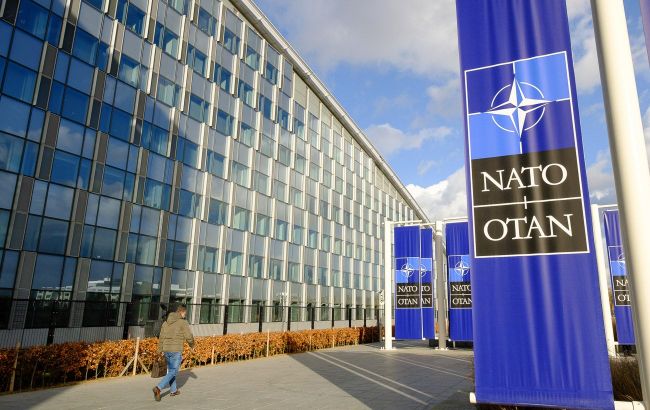NATO plans 'military Schengen' for troop movement in Europe
 NATO plans 'military Schengen' for troop movement in Europe (Getty Images)
NATO plans 'military Schengen' for troop movement in Europe (Getty Images)
NATO identifies bureaucratic hurdles as a hindrance to troop movement in Europe, potentially causing significant delays in a conflict with Russia. Lieutenant-General Alexander Sollfrank, the chief of NATO's logistics command JSEC, highlighted this concern in an interview with Reuters.
In his opinion, a "military Schengen" could be implemented in Europe, creating a zone of free military passage similar to the political Schengen area. This initiative would enable unrestricted movement for the military within most of the EU.
"At the heyday of the war in Ukraine, Russia fired 50,000 artillery shells per day. These rounds have to reach the howitzers. So you have to set up warehouses - for ammunition, fuel, spare parts and provisions," Sollfrank said.
According to him, the creation of a "military Schengen" is influenced by the fact that the Alliance must quickly deploy its troops across the vast expanse of Europe.
"We are running out of time. What we don't get done in peacetime won't be ready in case of a crisis or a war," he stated.
He believes that NATO should not encourage the Kremlin to miscalculate, showing that Moscow may have a chance to win because of its unpreparedness, Sollfrank warned.
"We need to be ahead of the curve. We have to prepare the theatre well before Article 5 (of the Washington collective defense treaty) has been invoked," he said.
Finland in NATO
Finland officially joined the North Atlantic Alliance in early April this year.
Before becoming a member, Finnish officials had discussed the possibility of hosting NATO troops on their territory. In May, it was revealed that Helsinki was negotiating with Washington to permit the presence of American military forces. Subsequently, there were reports that Finland might allow the United States to utilize several military bases on its soil.

